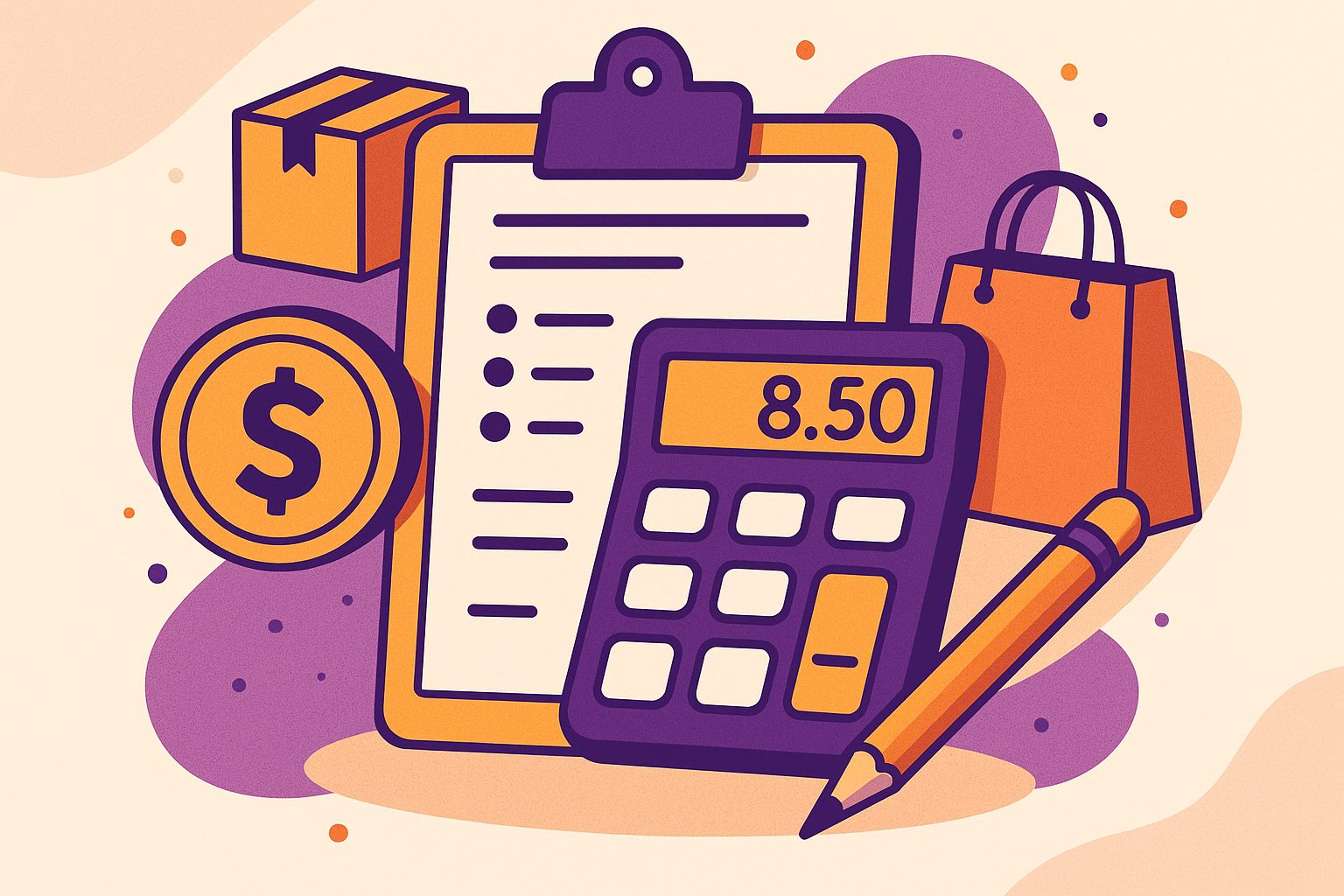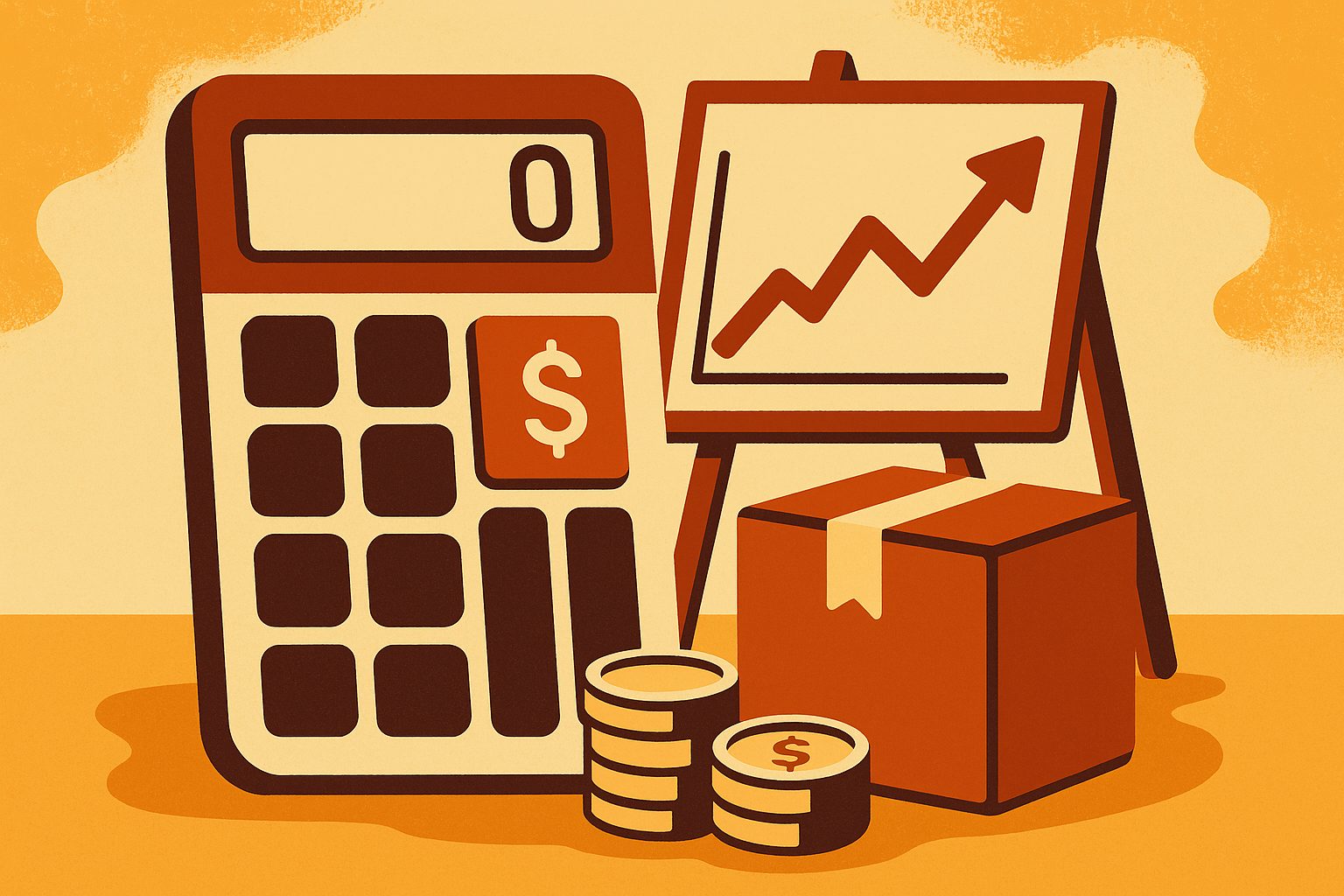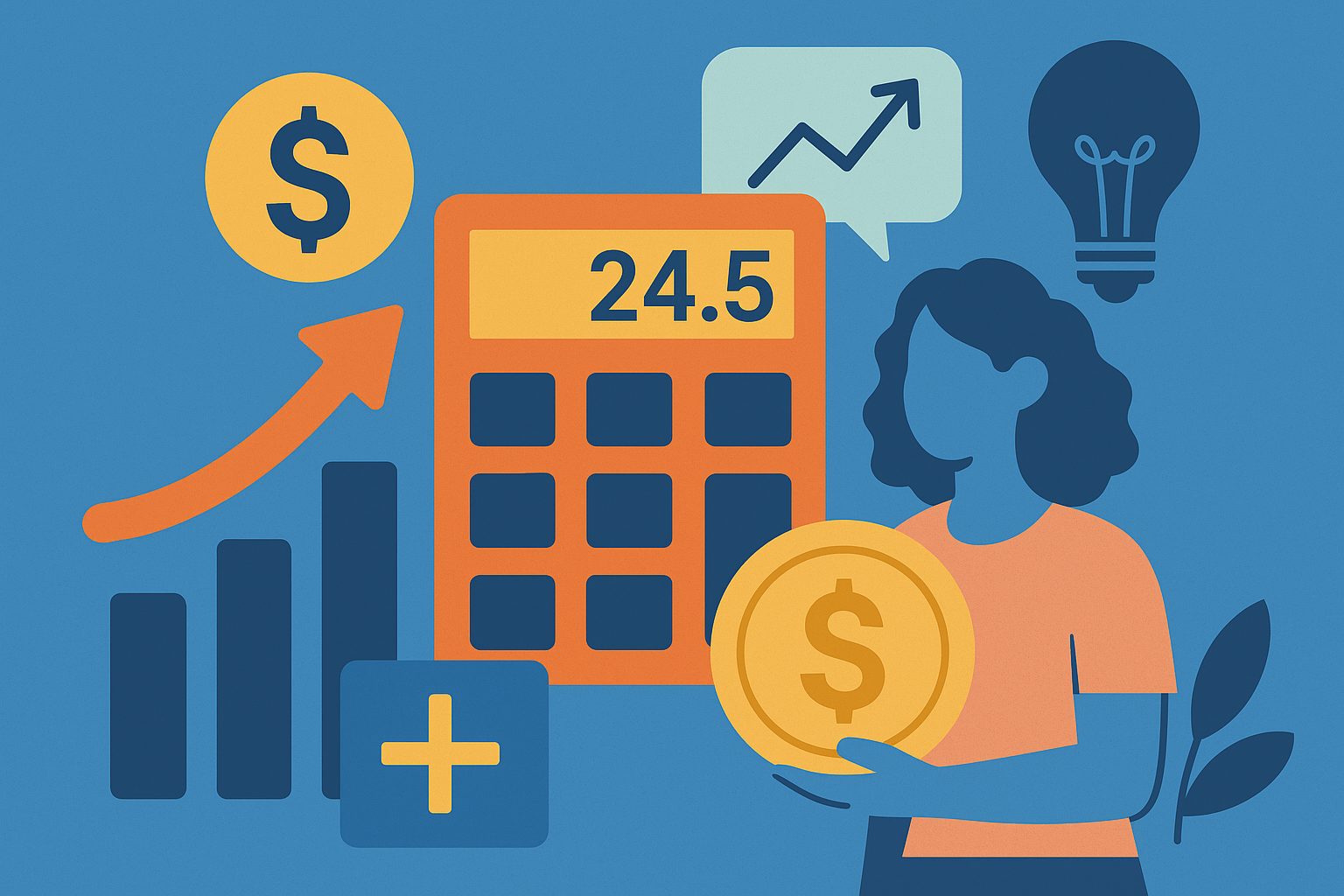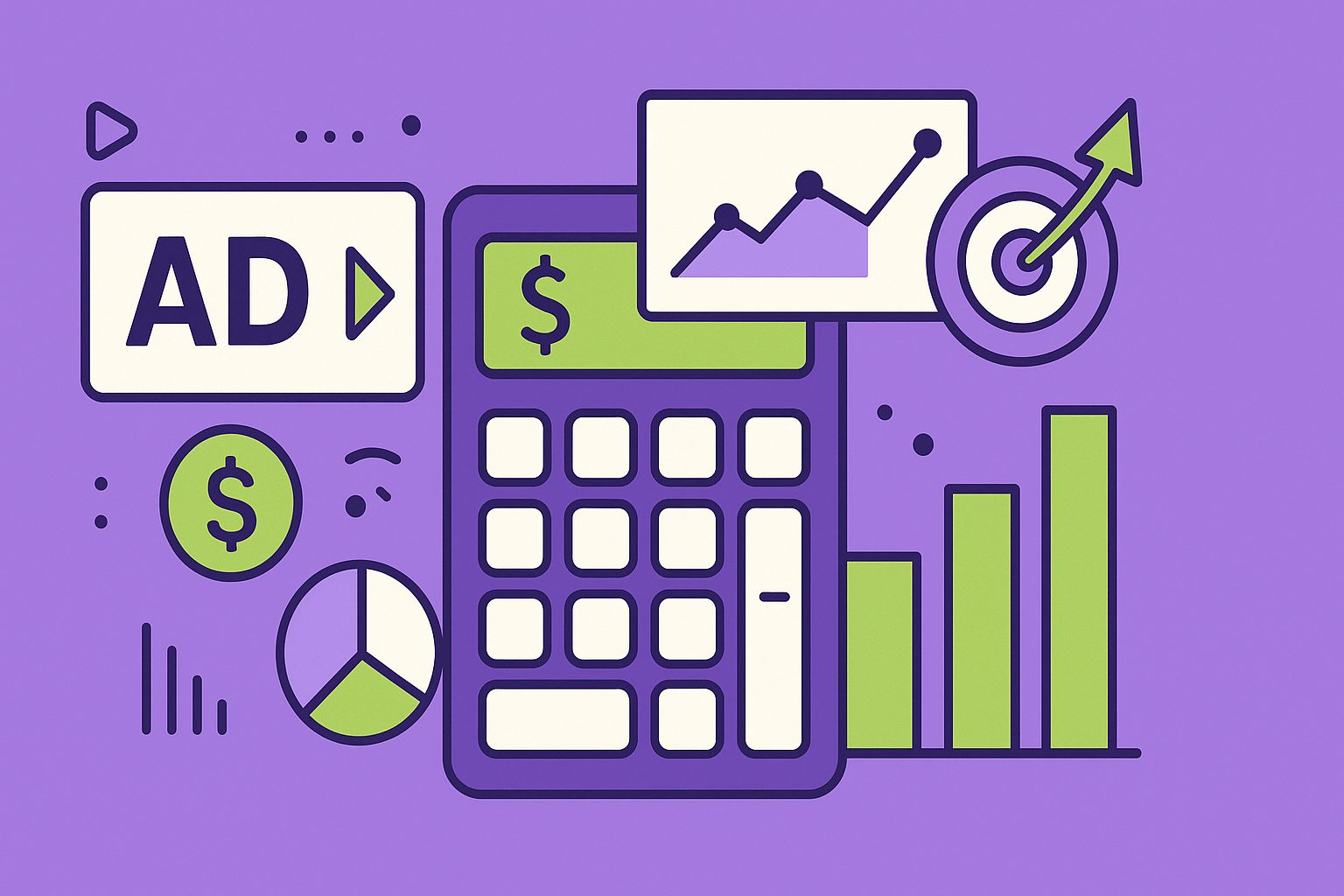Where Profit Meets Purpose: The Role of Reward Margins
When you build a crowdfunding campaign, your reward tiers are more than just perks—they’re your product. They’re how your supporters experience your vision and how you bring in the funds needed to make that vision real. But what many campaigners forget is this: not all rewards are created equal when it comes to profit. Some tiers might be your most popular but make you almost nothing. Others may seem like bonuses but quietly carry high hidden costs.
That’s why a Crowdfunding Reward Cost & Margin Calculator is essential. It doesn’t just help you price your rewards—it helps you understand them. This calculator reveals the real costs behind every tier, from manufacturing and packaging to shipping and fulfillment. Then it compares those costs to your reward prices to show you the actual margin. With this insight, you can adjust your pricing, restructure your tiers, and optimize your strategy to ensure you’re not just raising money—but keeping it.
Reward Cost & Margin Calculator
The Illusion of Profit in Crowdfunding
It’s a common trap: your campaign is live, backers are pledging, your goal is within reach—but then reality hits. Once it’s time to fulfill those rewards, you realize that the most popular tier barely breaks even. Worse yet, some rewards are costing you more to deliver than they raised. Suddenly, your campaign’s success feels like a financial setback.
This happens when creators price rewards based on assumptions, emotion, or perceived value—without calculating the hard costs behind them. A Crowdfunding Reward Cost & Margin Calculator keeps you grounded in the numbers. It gives you the facts before your campaign goes live, not after. You’ll know exactly how much profit you’re making per tier, how each reward contributes to your goal, and which ones might be quietly draining your funds.
It’s not about eliminating creativity. It’s about ensuring your creativity is financially sustainable.
Breaking Down the Calculator’s Magic
At its core, the Reward Cost & Margin Calculator is a simple but powerful tool. You input the price of each reward tier and then list the associated costs. These may include materials, production, packaging, shipping, taxes, and third-party fulfillment services. The calculator then subtracts the total cost from the reward price to give you the net margin—and displays this as both a dollar amount and a percentage.
But the best calculators go further. They let you model different volumes, so you can see how economies of scale affect your cost per unit. They allow you to simulate variations in shipping regions, especially if you offer international delivery. Some even help you estimate customer service or refund-related costs.
With each input, your clarity grows. You stop guessing and start planning with precision—knowing which tiers deserve the spotlight and which may need a rethink.
Why Most Reward Tiers Need a Rethink
The truth is, many campaign reward tiers aren’t designed for sustainability—they’re designed to excite. That’s fine when you’re trying to grab attention, but it becomes a liability when hundreds or thousands of backers choose a tier that leaves you with razor-thin or even negative margins.
Creators often over-pack low-tier rewards, thinking it adds value. Or they underprice premium rewards to attract more high-level backers. But if you aren’t making enough profit on your most popular rewards, you could find yourself in a financial hole—one pledge at a time.
The Reward Cost & Margin Calculator puts the spotlight on those issues. You’ll see which tiers are delivering strong returns and which ones might need to be priced higher, simplified, or cut altogether. It becomes your filter for smarter, leaner, and more profitable campaign design.
Mapping the True Cost of “Free” Add-Ons
Add-ons, upgrades, and stretch goal bonuses are popular ways to incentivize pledges—but they’re rarely “free” for the creator. Every extra pin, sticker, digital file, or enhanced feature adds cost, complexity, or both. Without planning, they can chip away at your margins and turn a profitable reward into a money-losing one.
The calculator allows you to model these extras and see how they affect each tier. You can plug in the added cost of a custom box or a signed copy and instantly see the new profit margin. Maybe your $75 reward originally had a 35% margin—but with two stretch goal bonuses, that drops to 15%. Is that still worth it? Do you need to limit quantities, raise the price, or shift the add-on to a higher tier?
These answers become clear when the math is visible. With the calculator, you never guess—you decide.
Digital vs. Physical: The Margin Advantage
Digital rewards are often the unsung heroes of crowdfunding campaigns. They have no shipping costs, no packaging requirements, and once created, they can be delivered infinitely at no additional cost. For this reason, their profit margins are typically sky-high.
Using the Reward Cost & Margin Calculator, you can compare your digital and physical tiers side-by-side. If your $15 digital art pack nets you $14.50 per backer, and your $30 physical reward nets only $6.00, you’ll start to view digital differently. You may decide to offer digital-only bundles, build out your downloadable offerings, or position your campaign with more emphasis on high-margin rewards.
This doesn’t mean abandoning physical perks—but it means using your most profitable tiers to support your most expensive ones. The calculator helps you balance the math and design your campaign around sustainability, not just appeal.
Finding the Sweet Spot: Price vs. Perceived Value
Every reward has two values: what it costs you and what it feels worth to the backer. The best campaigns align those two numbers with maximum margin in between. That’s the sweet spot—a reward that’s low-cost to you but high-value to them.
The calculator helps you find that balance. Maybe a $5 enamel pin costs you $1.25 to produce and another $1.50 to ship domestically. That gives you a strong 65% margin. But maybe a limited-edition T-shirt costs $8 to make and $6 to ship, cutting your $25 tier down to a thin margin.
With this data, you can optimize your reward mix. You might bundle the pin with a digital zine, create a combo tier with a better margin, or raise the shirt tier by $5 while adding perceived value through personalization or exclusive access.
This isn’t just math—it’s marketing fueled by economics.
Using Margin Data to Forecast Campaign Profitability
Once you’ve calculated the margin for each tier, you can start modeling your entire campaign’s profitability. The Reward Cost & Margin Calculator can multiply your net profit per tier by the projected number of backers and show you your total net revenue—not just gross funds raised, but actual profit.
If your campaign raises $40,000, but your average tier margin is only 20%, that means you’re walking away with just $8,000 in usable funds. That may not be enough for production, development, or future growth. But if you raise the average margin to 40%, that $40,000 campaign now nets you $16,000—a far more sustainable outcome.
With this insight, you can adjust tier distribution, pricing strategy, and promotional focus. You’ll see where to push, where to pivot, and where to pause.
Protecting Against Scope Creep and Surprise Costs
Scope creep—the slow, subtle increase in your campaign obligations—is a major threat to creators. One new bonus here, a free upgrade there, and suddenly your budget is blown. These extras often come from excitement or pressure, but without margin data, they can spell disaster.
A Reward Cost & Margin Calculator keeps your scope in check. With every proposed change, you can quickly test its financial impact. Does a new design element change your manufacturing cost? Will a stretch reward double your shipping weight? Before committing, you’ll know exactly how that change affects your tier’s profit margin.
This not only helps protect your bottom line but also makes you a more strategic communicator. When backers ask for new bonuses, you can explain why you’ve priced things the way you have. You’ll come across as thoughtful, transparent, and prepared—not stingy or scrambling.
Scaling Smart: How Margin Planning Sets You Up for Growth
A strong margin isn’t just about your first campaign—it’s about your future. If you want to turn your crowdfunded project into a product line, a business, or a brand, you need margins that support scale. The calculator helps you design reward tiers that aren’t just feasible at 100 units—but profitable at 1,000.
You’ll learn which rewards can be batch-produced, which ones need outsourcing, and where your fulfillment workflow can grow without breaking. You may discover that certain rewards only work at higher volume, while others scale naturally. This insight sets you up not just to fulfill your current campaign—but to expand beyond it.
With proper margin planning, you can take your campaign profits and reinvest confidently. You’re not just covering costs—you’re funding growth.
Launching With Confidence, Delivering With Precision
The best part about using a Crowdfunding Reward Cost & Margin Calculator? Peace of mind. When your campaign launches, you’ll know your pricing is right, your tiers are profitable, and your funding goal supports actual delivery.
No last-minute math. No fulfillment panic. No regrets about “too-good-to-be-true” perks that wiped out your profits. Just clarity, strategy, and confidence.
You’ll be able to answer backer questions, justify your reward structure, and even share your planning process as a sign of your campaign’s transparency. That builds trust—and trust drives pledges.
Your Margins Are Your Map
Every campaign creator dreams of big funding totals. But real success comes from what you keep—and how you use it. The Crowdfunding Reward Cost & Margin Calculator gives you the map to get there. It turns your reward tiers into strategy, your pricing into power, and your campaign into a sustainable business move. Don’t just raise funds. Raise smart. Know your numbers, master your margins, and build a campaign that rewards both your backers and your future. Because the true value of your rewards isn’t just what they cost—it’s what they earn you.




